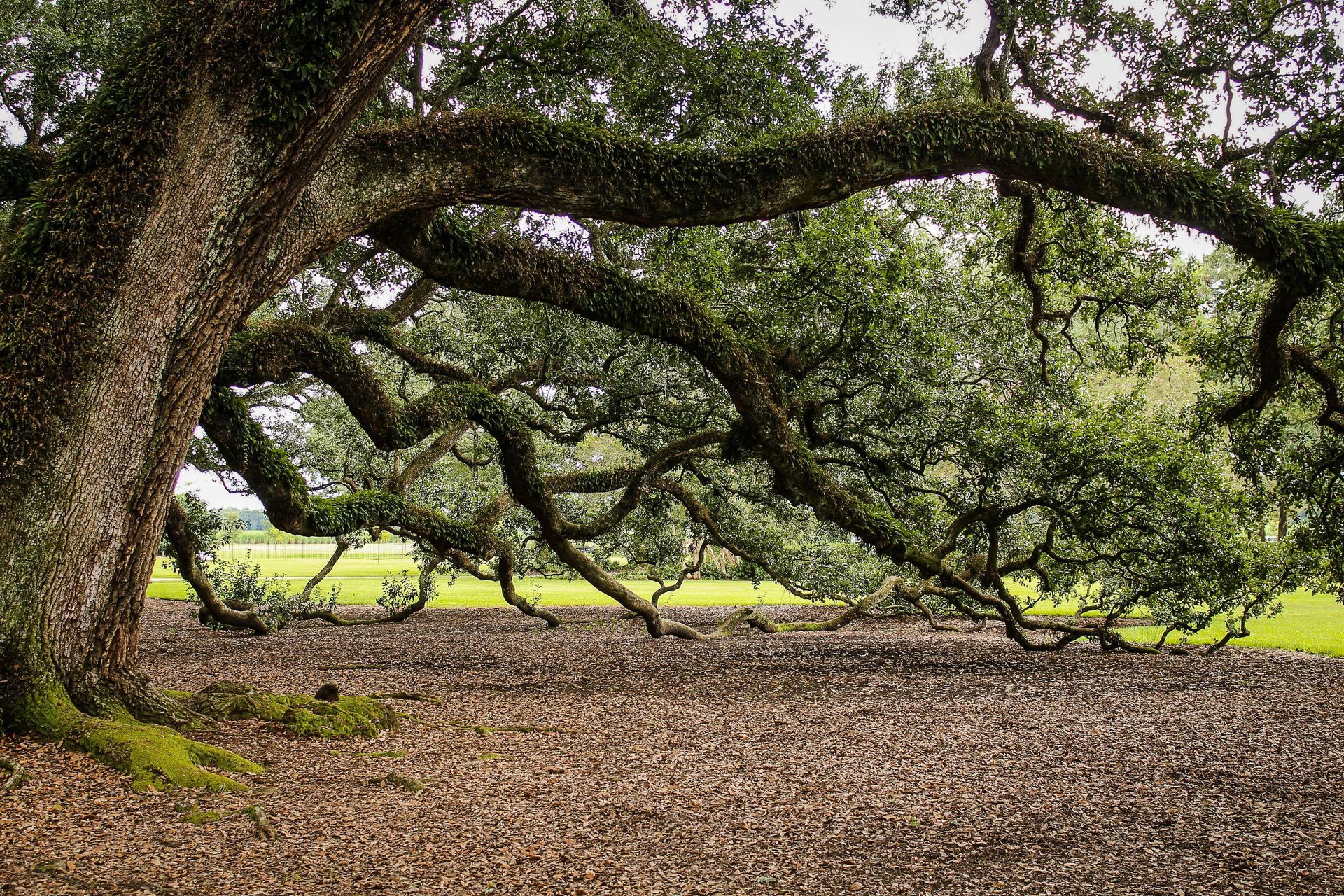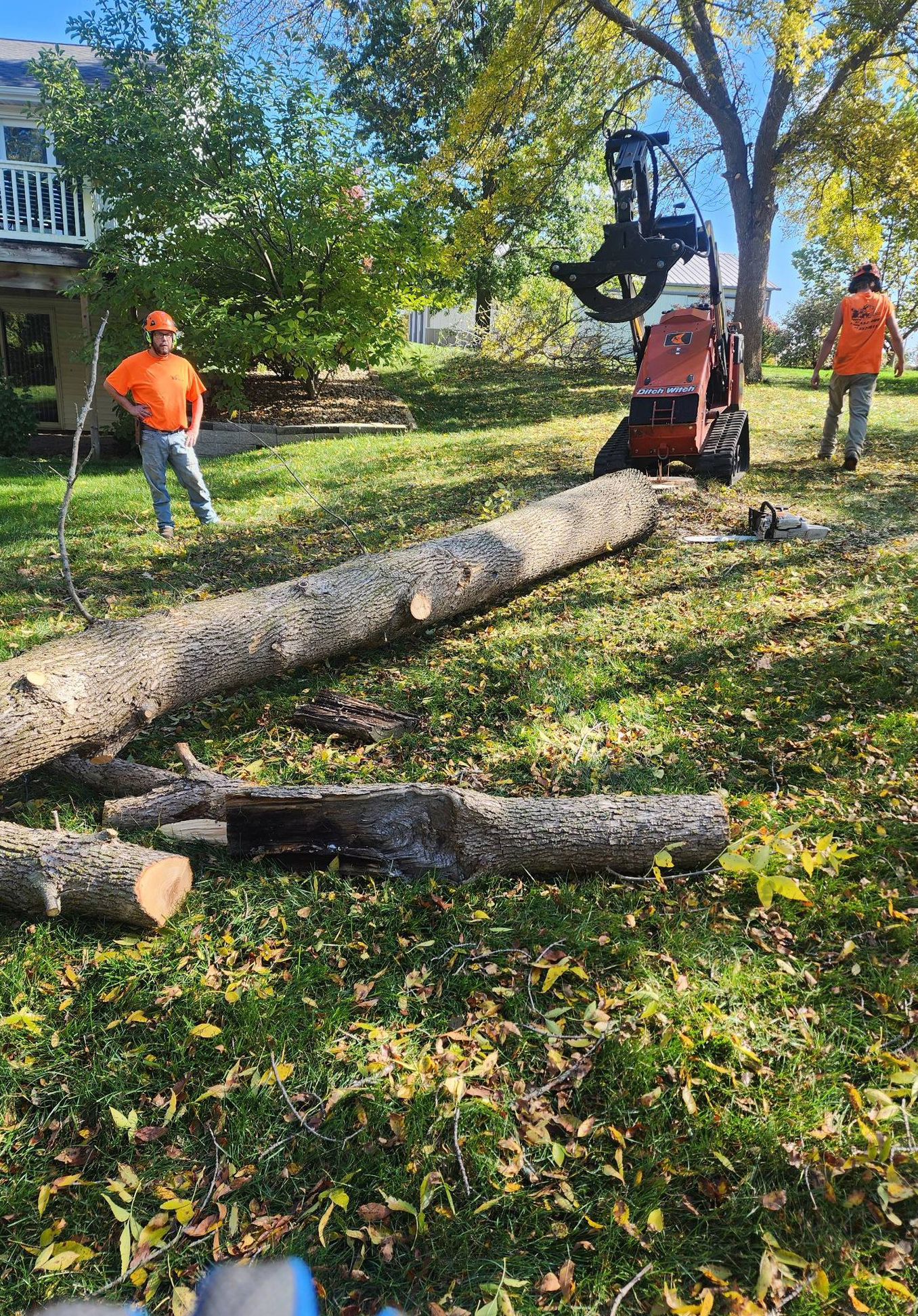From Saplings to Shade
Expert Tree Planting Advice for Iowa's Climate
At D&J's Complete Tree Service, we've spent 15 years nurturing Ankeny's urban forest. One of the most rewarding aspects of our work is helping homeowners plant new trees that will provide beauty and benefits for generations to come. Today, we're sharing our expert advice on tree planting tailored specifically to Iowa's unique climate.
Understanding Iowa's Climate: The Key to Successful Tree Planting
Before we dive into planting tips, let's consider the climatic factors that influence tree growth in Iowa:
- Temperature Extremes: Hot summers and cold winters
- Precipitation Patterns: Wet springs and occasional summer droughts
- Soil Types: Predominantly fertile loam, but varies across the state
- Wind Exposure: Open prairies can subject trees to strong winds
These factors play a crucial role in selecting the right trees and determining the best planting practices.
Choosing the Right Trees for Iowa
Native Species: Adapted to Local Conditions
Native trees are often the best choice as they're naturally adapted to Iowa's climate. Some excellent options include:
- Oak Trees (Quercus species): Robust and long-lived
- Maple Trees (Acer species): Beautiful fall colors
- Birch Trees (Betula species): Attractive bark and foliage
- Serviceberry (Amelanchier species): Spring flowers and edible fruit
Non-Native Adaptable Species
Some non-native species also thrive in Iowa:
- Ginkgo (Ginkgo biloba): Resilient and pollution-tolerant
- Kentucky Coffeetree (Gymnocladus dioicus): Drought-resistant and low-maintenance
The D&J Tree Planting Process: Ensuring Long-Term Success
1. Site Evaluation
Before planting, we assess:
- Soil type and drainage
- Sun exposure
- Proximity to structures and utilities
- Potential future size of the tree
2. Tree Selection
We help you choose trees based on:
- Site conditions
- Desired features (shade, flowers, fall color)
- Maintenance requirements
- Growth rate and mature size
3. Proper Planting Techniques
Our planting process ensures the best start for your new tree:
a. Timing
In Iowa, we recommend planting:
- Spring: After the ground thaws but before buds break
- Fall: At least six weeks before the ground freezes
b. Hole Preparation
- Dig a hole 2-3 times wider than the root ball
- Depth should allow the root flare to sit slightly above ground level
c. Planting
- Carefully place the tree in the hole
- Backfill with native soil, avoiding amendments
- Water thoroughly to eliminate air pockets
d. Mulching
- Apply 2-4 inches of organic mulch around the base
- Keep mulch away from the trunk to prevent rot
e. Staking (if necessary)
- Use flexible ties that allow some movement
- Remove stakes after one growing season
Post-Planting Care: Nurturing Your Investment
Watering
- Year 1: Water deeply once a week, more during dry spells
- Years 2-3: Gradually reduce frequency but maintain depth
Pruning
- Year 1: Remove only dead or damaged branches
- Years 2+: Begin shaping for structure, always with a specific purpose
Fertilizing
- Wait until the second growing season
- Use a slow-release, balanced fertilizer
Pest and Disease Monitoring
- Regularly inspect for signs of stress or infestation
- Address issues promptly to prevent spread
Common Tree Planting Mistakes to Avoid
- Planting too deep: This can suffocate roots and lead to decay
- Overwatering: Can lead to root rot, especially in clay soils
- Improper mulching: "Volcano" mulching can damage the trunk
- Ignoring mature size: Planting large species too close to structures
- Neglecting post-planting care: Trees need extra attention in the first few years
The Long-Term Benefits of Proper Tree Planting
Investing time and expertise in proper tree planting pays off in numerous ways:
- Increased Property Value: Well-placed, healthy trees can boost property values by up to 20%
- Energy Savings: Strategically placed shade trees can reduce cooling costs by 15-35%
- Environmental Impact: Trees improve air quality and provide wildlife habitat
- Aesthetic Appeal: Trees add beauty and character to your landscape
- Legacy: A properly planted tree can provide benefits for generations
Why Choose Professional Planting Services
While tree planting can be a DIY project, professional services offer several advantages:
- Expertise in Species Selection: We can recommend the best trees for your specific location and goals
- Access to Quality Stock: We source healthy, well-formed trees from reputable nurseries
- Proper Planting Techniques: Our methods ensure the best start for long-term health
- Time and Effort Savings: We handle the heavy lifting and logistics
- Ongoing Support: We're here to answer questions and provide care advice
Tree Planting FAQs
Q: How far from my house should I plant a tree? A: It depends on the mature size of the tree. As a general rule, plant at least 20 feet from the house for large trees, 15 feet for medium trees, and 10 feet for small trees.
Q: Can I plant trees under power lines? A: It's best to avoid planting trees that will grow tall under power lines. If you must plant in these areas, choose species with a mature height of less than 25 feet.
Q: How long will it take for my tree to provide significant shade? A: This varies by species, but most shade trees begin to provide meaningful shade within 5-10 years, with full benefits realized in 15-20 years.
Q: Should I amend the soil when planting? A: Generally, we recommend using native soil without amendments. This encourages roots to spread into the surrounding soil.
Conclusion: Planting for the Future
Tree planting is more than just digging a hole and inserting a sapling. It's about creating a legacy that will benefit your property and the broader Ankeny community for decades to come. At D&J's Complete Tree Service, we bring 15 years of local experience to every planting project, ensuring your new trees have the best possible start.
Ready to enhance your landscape with new trees perfectly suited to Iowa's climate? Contact D&J's today for a consultation. Let's work together to grow Ankeny's urban forest, one well-planted tree at a time.
Remember, at D&J's, we don't just plant trees – we cultivate a greener, more beautiful future for Ankeny.




